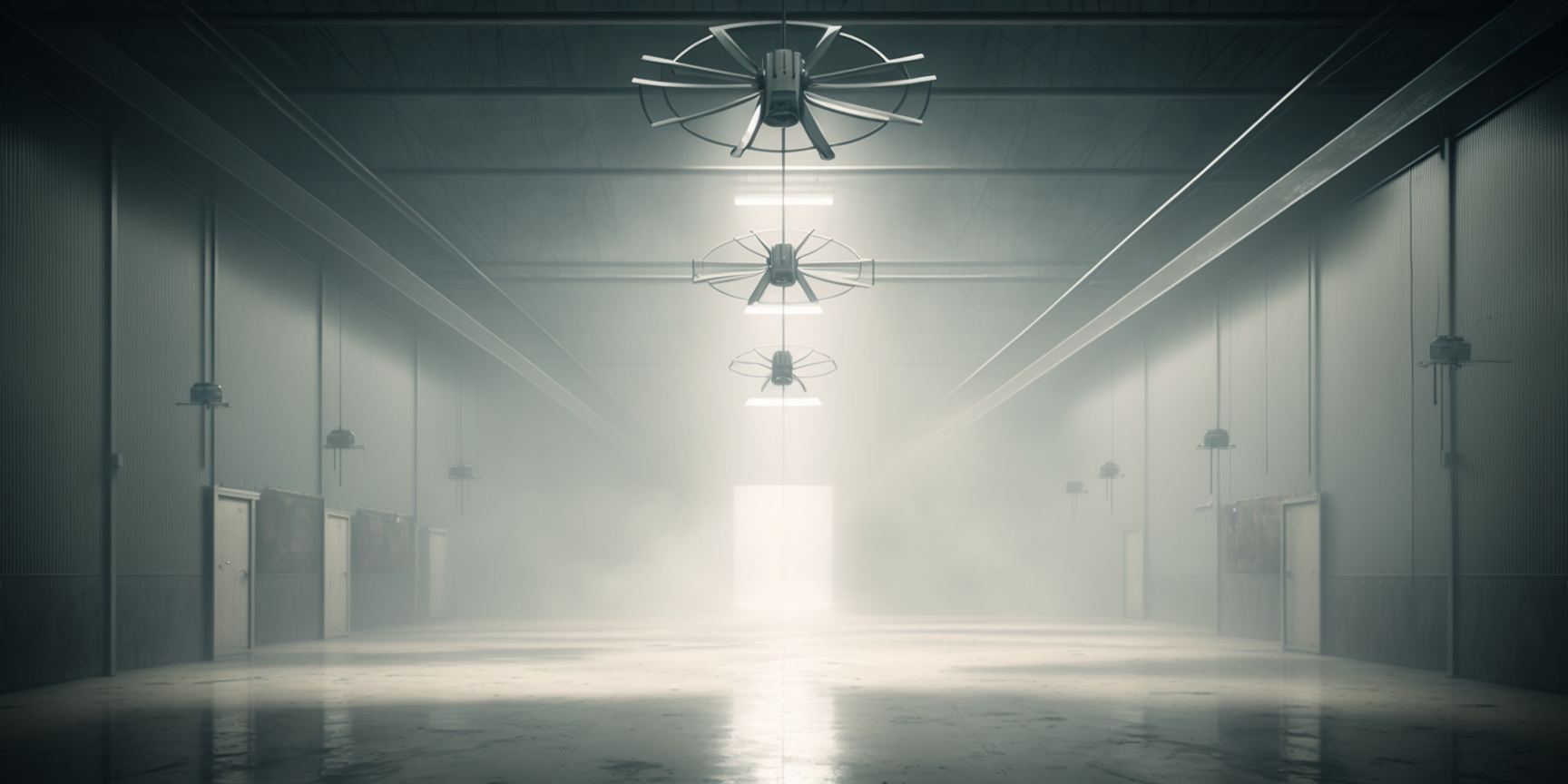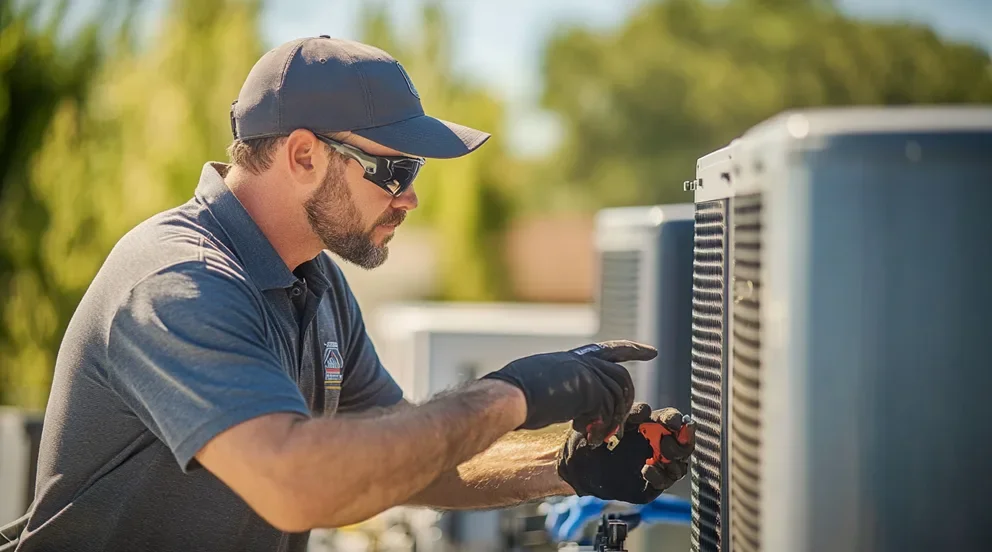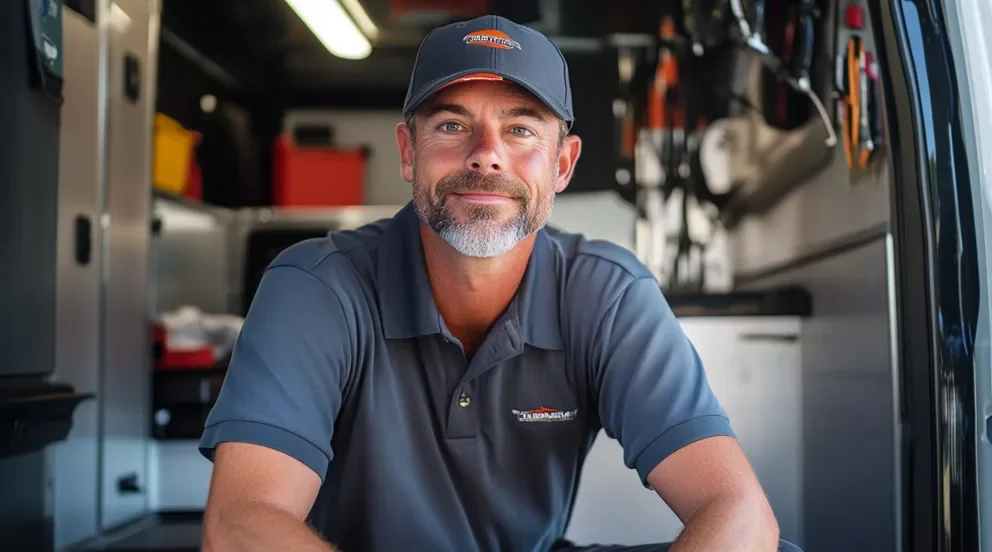Water Based Fire Suppression Systems are fire suppression systems that use water to extinguish fires. These systems are typically found in commercial and industrial settings such as warehouses, manufacturing facilities, and other large buildings with hazardous materials. Water based fire suppressors work by releasing a fine mist of water onto the fire, which reduces the heat and oxygen available for combustion and smothers it. This makes them particularly effective against fast spreading, high-intensity fires.
Water based fire suppression systems often have several components including a control panel which is used to activate the system, an alarm which sounds when the system is activated, sprinkler heads located throughout the room or building, valves controlling the flow of water to each head, and a pressurized storage tank containing the water supply. The control panel is usually connected to an early warning detection system such as smoke detectors or heat sensors. When either of these activates, the alarm sounds and power is sent to open the valves allowing water to be released from each sprinkler head. The spray created by this action then quickly disperses over all areas of a room helping to extinguish potential fires quickly and efficiently.
The primary advantage to using water based fire suppression systems is they can be installed relatively easily in new or existing structures without extensive modifications while providing an effective solution for extinguishing fires before they become more serious threats. Additionally, these systems also provide significant cost savings over other types of fire suppression equipment since their installation costs tend to be much lower than those associated with chemical-based or gaseous systems. Finally, water based systems allow for simpler maintenance since they do not require any specialized chemicals or training for operation making them safer options for protecting property from destruction caused by fire.
Examples of Water Based Fire Suppression Systems
1. Automatic Sprinkler System: An automatic sprinkler system is a water-based fire suppression system that uses a network of pipes and spray heads to distribute an appropriate amount of water over an area that is at risk of fire.
2. Mist Fire Suppression System: A mist fire suppression system employs high pressure nozzles to create fine droplets of water which disperse into the air and cool down the environment, inhibiting the spread of flame in case of a fire outbreak.
3. Foam Fire Suppression System: A foam fire suppression system combines both foaming agents with large volumes of water and creates a thick layer across surfaces where fires can occur, starving it off from oxygen and preventing its spread further.
4. Water Deluge System: A deluge system operates by releasing large amounts of pressurized water over an entire area that has potential for combustion or other types of ignition sources like sparks or static electricity discharges, extinguishing any type of flame quickly before it has time to spread outwards or upwards further than what it already had done so far upon detection by sensors present within the vicinity near such areas prone to combustion risks.
Types of Spaces that Require this System
Water based fire suppression systems are highly effective solutions for businesses and industries that require protection from the threat of fires. These systems offer a wide range of benefits for commercial and industrial spaces, making them an ideal choice when it comes to fire safety.
Commercial buildings such as shopping centers, malls, and office buildings are common areas where water based fire suppression systems are beneficial. These types of spaces have high-traffic areas with heavy concentrations of people, making them vulnerable to potential fires that could quickly spread. Water based fire suppression systems provide efficient misting and cooling capabilities against flames which can help to contain any outbreak or progression of fire before it gets out of hand. Businesses can also benefit from the additional layer of safety provided by the wetting agent in water suppression systems, which help protect furniture and other items even after the initial flames have been extinguished.
Industrial facilities often store large quantities of flammable or combustible materials, making it essential for them to have a reliable system in place to prevent any kind of catastrophic event. Water based fire suppression is particularly suitable for these types of environment due to its ability to suppress flames quickly and effectively while minimizing the danger posed by hazardous materials. The misting capabilities offered by water based systems also provide protection against static electricity buildup, reducing the risk of explosions caused by sparks or arcs inside industrial environments.
Water based fire suppression systems provide efficient flame-suppression capabilities and also advanced wetting agents that help protect furniture and equipment after the initial extinguishment has been achieved. With their ability to combat fires quickly, these systems are an invaluable tool for businesses looking to protect their assets from flammable accidents or catastrophes.
Key Persons Involved
The key persons involved in designing, installing, and maintaining Water Based Fire Suppression Systems are certified fire protection engineers. They are responsible for the overall design of the system, from selecting the right components to ensuring that the appropriate environmental factors are taken into consideration. Certified installers are also essential in this process, as they ensure that all components are properly installed and maintained according to industry standards.
Fire safety technicians play a vital role in water-based fire suppression system maintenance. These professionals keep track of system performance and inspect all elements of the system on a regular basis to determine if any adjustments or modifications are needed. This includes testing and calibrating pressure gauges, valves, pumps and other equipment regularly to ensure proper performance.
Building contractors with experience installing systems may be consulted when making decisions on how to best implement a water based fire suppression system into an existing structure. They can provide valuable insight into what kind of construction is necessary to adequately protect the building from a potential fire situation. Building owners should always consult with qualified building contractors when it comes to something as important as protecting their property from potential fires.
It is important for end users such as hospitals, hotels or schools that have these systems installed to regularly review their water-based fire suppression systems with their provider. This helps ensure that any changes in regulations or technology can be addressed quickly so that the quality of protection remains high throughout its entire lifetime.
Process of Installation
The process of installing Water Based Fire Suppression Systems in commercial or industrial spaces involves a few distinct steps. Firstly, a fire protection system engineer will be required to assess the layout and design of the space to determine the most suitable water based fire suppression system for the area. This assessment typically includes examining the size and type of facility, looking at what combustible materials are present, and any other factors that may impact on the fire safety requirements.
Once an appropriate system has been selected, it must then be installed in accordance with industry standards and regulations. The installation process requires careful consideration of a range of components including pumps, tanks, valves, sprinklers and other necessary equipment. In some cases, additional modifications may need to be made to ensure that all regulations are met. Finally, once everything is in place, all parts must be tested to make sure they are functioning correctly before being declared as operational.
In addition to the installation process itself there are other aspects which must also be considered such as ongoing maintenance and inspections. This ensures that any potential risks are identified or rectified before they become an issue. Additionally, training staff about proper use and procedures should also form part of the process so that everyone is aware of how to safely operate your fire suppression system in case of an emergency situation.
Safety Protocols in Installation Process
When having a Water Based Fire Suppression Systems installed, companies must adhere to certain safety protocols. Firstly, the fire suppression systems should only be installed by professional and licensed technicians who have the experience and training to do so in accordance with the manufacturer’s instructions. The technician should also inspect all components of the system prior to installation and check for any damage or corrosion.
During the installation process, all personnel involved must ensure that proper safety measures are followed. This includes wearing protective clothing such as safety glasses, gloves and hard hats when necessary. Additionally, it is important that all electrical wiring is done according to code as incorrect wiring could lead to an increased risk of an electrical fire. In order to avoid any fires related to water damage, it is recommended that all water lines should be tested for proper pressure before being connected to the system.
Moreover, it is essential that all personnel involved in the installation procedure be familiar with proper evacuation procedures in case of an emergency. Additionally, regular maintenance should be conducted on the system such as inspecting pipes for possible leaks or blockages and checking sprinklers for their correct operation. Finally, regularly scheduled testing of both wet and dry systems must be done in order to ensure they are working properly and safely which could ultimately save lives in a fire emergency situation.
Support-driven Tech Solutions
Water Based Fire Suppression Systems are becoming increasingly popular due to their effectiveness and environmental friendliness. New tech solutions for these systems can further strengthen their efficacy and safe operation.
One new tech solution that can support these systems is the incorporation of pressure-monitoring systems. These systems are designed to monitor the pressure in the system, alerting operators if any issues arise. This allows for a proactive approach to maintenance so that any potential problems can be addressed before they become an issue. This offers a significant safety benefit as well as improved performance of the system over time.
Another new tech solution that could be used with Water Based Suppression Systems is automatic valve control systems. Automatic valves provide improved control over water flow, allowing for precise operation and elimination of human error associated with manually operated valves. The use of this technology also provides improved reaction times when responding to an emergency, allowing for more effective fire suppression efforts.
Wireless connectivity is another important technology that can be used to support Suppression Systems. Wireless sensors allow for remote monitoring of critical components, such as water levels and temperatures, providing useful information so that operators can take necessary action quickly and efficiently if needed. Additionally, wireless sensors provide alerts whenever suspicious activity is detected within the system or if unusual readings occur, helping operators quickly respond to any potential threats from fires or other hazardous events.
These new tech solutions offer greater safety and efficiency when using Fire Suppression Systems while also reducing costs associated with installation and maintenance over time.
Key Takeaways:
Water Based Fire Suppression Systems offer a reliable and cost-effective way to protect commercial or industrial spaces from fires. New advances in technology such as pressure-monitoring systems, automatic valve control systems, and wireless connectivity can enhance the efficacy of these systems even further by providing improved safety features, efficiency gains and more accurate monitoring capabilities. Ultimately, this allows for better protection against fire hazards while also reducing costs associated with installation and maintenance over time. With the right implementation plan in place, businesses can rest assured knowing they have taken steps to keep their employees safe and secure in the event of an emergency situation.





